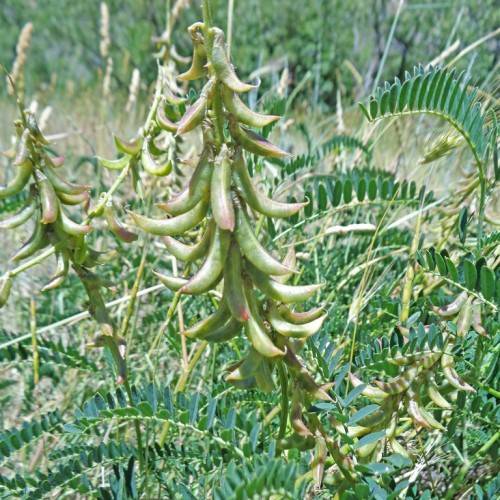
Russian Milkvetch
Astragalus falcatus
Also Known As - Russian SickleWatering:
Minimal
Hardiness Zone:
Sun:
full sun,part shade
Leaf:
Yes
Growth Rate:
Low
Drought Tolerant:
Yes
Salt Tolerant:
Yes
Care Level:
Medium
watering
Drummond's Milk Vetch should be watered when soil begins to feel dry to the touch, usually once every 1-2 weeks. Avoid over-watering, as too much water can cause the plant to become waterlogged and unable to absorb the nutrients it needs to thrive. During the summer, consider watering every 5-10 days, depending on air temperature and humidity. In cooler months, reduce watering and allow soil to dry out more between watering. Keep in mind that too little water can cause the plant to become wilted and stressed.
sunlight
Drummond's Milk Vetch requires full sun exposure in order to thrive. In order to ensure the best growth and flowering for this plant species, it should be placed in an area that receives direct sunlight for at least 8 hours per day. More sunlight is beneficial, but the plant should not be exposed to more than 10 hours per day unless the area is very hot and dry. The sunlight should be provided at a consistent, regular time each day and not sporadically throughout the day as this will lead to an stressed or unhealthy plant.
pruning
Drummond's Milk Vetch is a perennial plant that can reach up to 3-4 feet in height. It should be pruned back once a year in early spring. Start by removing any dead or diseased branches, as well as any that are growing in a direction you don't want them to grow in. Then, cut the plant back so that it is about 1 foot shorter than it was when you started. This will encourage more bushy growth, creating a fuller and more attractive plant. Be sure to use sharp pruners and clean your tools when you are finished to prevent the spread of disease.
